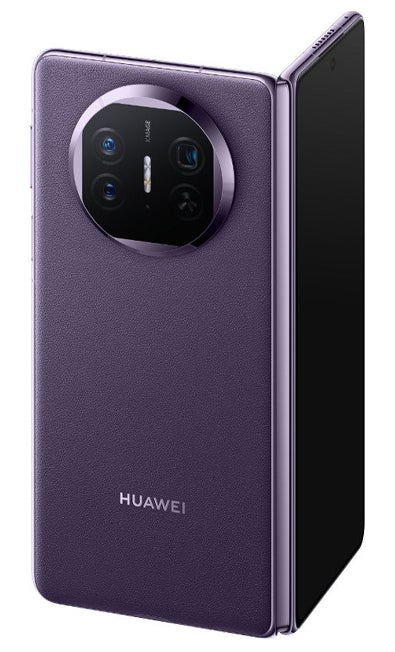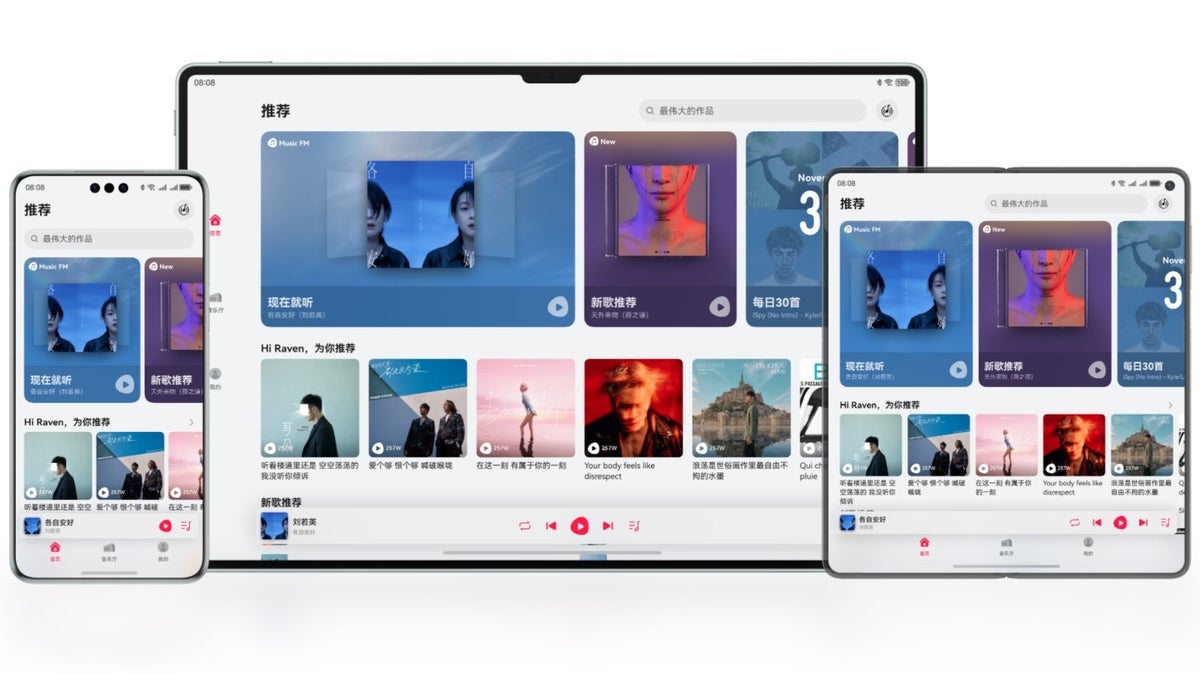Huawei’s HarmonyOS | Image credit: PhoneArena
Originally introduced five years ago after the company was blocked from buying any US-originated technology with the United State’s approval, Huawei’s HarmonyOS Next is finally taking its first steps into the smartphone world.
Initially made available to developers at the beginning of the year, HarmonyOS Next is not making its way to several Huawei devices like the Mate 60 series, Mate X5 foldable smartphone, and MatePad Pro 13.2 tablet (via South China Morning Post).
Unlike the previous iterations of the operating system, HarmonyOS Next no longer supports Android-based applications, which once again highlights the complete fracture between China and the rest of the world when it comes to smartphone ecosystems.
Touted as one of the best alternatives to Android and iOS, HarmonyOS Next is heavily supported by the biggest app developers in China such as Baidu, JD.com, Meituan, and Tencent Holdings.
According to Huawei, more than 10,000 apps and native services have been developed specifically for HarmonyOS Next. The new operating system is expected to dominate the local market in just a few years.
Huawei’s chairman of consumer business group Richard Yu Chengdong said recently that his company “covered the path of over a decade of foreign operating system ecosystem development in just one year.”

Huawei Mate X5 | Image credit: Huawei
In the first three months of 2024, HarmonyOS accounted for 17 percent of China’s smartphone market. Although the number might not seem that big, it’s worth mentioning that Apple’s iOS only accounts for 16 percent of China’s smartphone market, while Android dominates the mobile market with a 68 percent share.
Huawei’s HarmonyOS doubled its presence from the same period last year, and if it follows the trend, it could quickly close the gap and even overtake Google’s Android operating system.
In related news, Huawei is expected to launch its next flagship, the Mate 70, in Q4 2024. The phone will ship with the company’s new HarmonyOS Next right out of the box, which will further increase the ecosystem’s market share in China’s mobile market.
